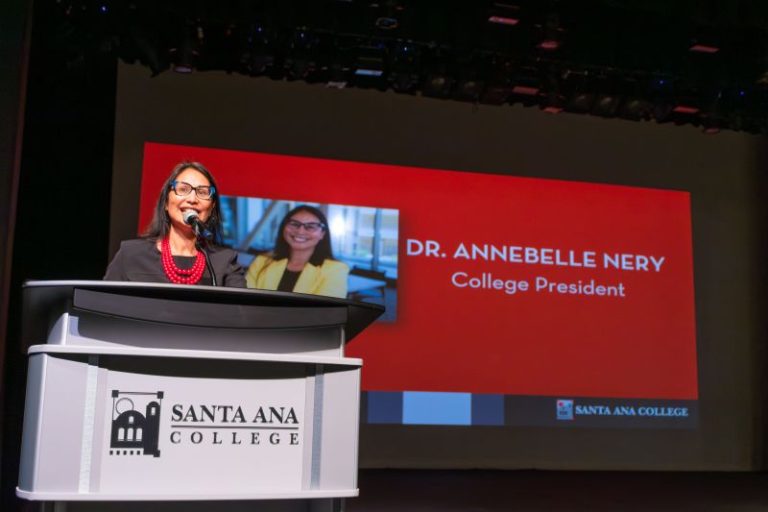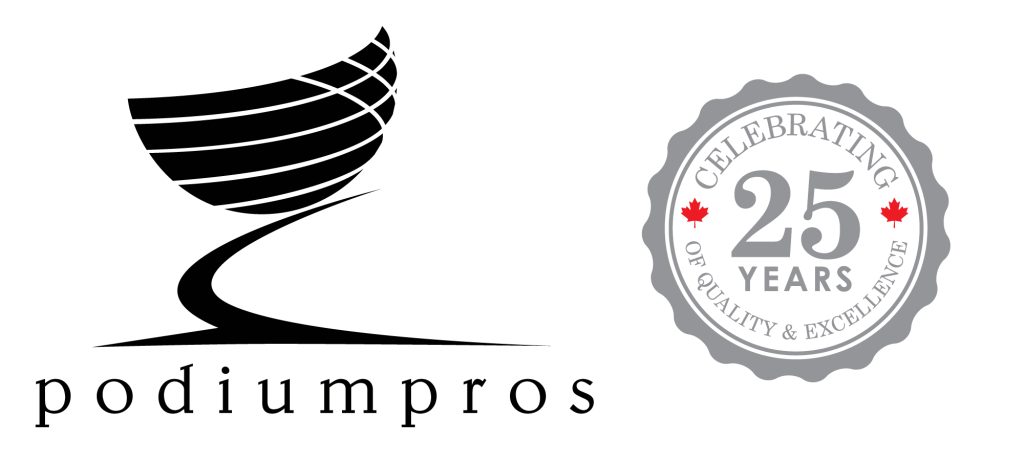
Why is accessibility so important in public spaces? Because public spaces work best when they are welcoming to everyone, and that requires being accessible to everyone.
That’s where regulations such as the Accessibility for Ontarians with Disabilities Act (AODA) and the Americans with Disabilities Act (ADA) come in. These acts are meant to ensure that individuals with disabilities can fully participate in public life without barriers or limitations.
Here, we’ll explore how lecterns can meet AODA and ADA standards, and why they matter in creating accessibility.
Accessibility is not just about meeting legal requirements, it’s about building spaces where everyone can connect, participate, and contribute. Public service institutions—from government offices to educational institutions to community centers—often host events, presentations, and discussions. For these spaces to be truly inclusive, they need to accommodate a wide range of needs. This includes making sure that speakers of all abilities feel confident and comfortable. Accessible lecterns not only remove physical barriers but also demonstrate a commitment to inclusivity.
Modern accessible lecterns are crafted to comply with AODA or ADA (or both) requirements while enhancing usability for everyone. Below, we break down the specific features that align with the guidelines of each standard.
The Accessibility for Ontarians with Disabilities Act (AODA) aims to make Ontario fully accessible by removing barriers for individuals with disabilities, stating that public service spaces must ensure that products and facilities are barrier-free. Lecterns play an essential role in this effort by incorporating features that prioritize accessibility.
The Americans with Disabilities Act (ADA) provides similar protections and requirements within the United States, working to ensure accessibility for all. For lecterns, this means designing features that allow full usage by individuals with varying mobility and physical needs.
Whether you aim to comply with AODA, ADA, or both, here are a few key factors to consider when selecting an accessible lectern:
From town halls to lecture halls, the right tools can make a world of difference in promoting inclusivity. Accessible lecterns go beyond compliance to create spaces where everyone feels welcome. They empower speakers, promote engagement, and showcase your commitment to accessibility.
Are you ready to take the next step in fostering inclusivity? Discover Podium Pros’ aluminum accessible lectern, designed to meet AODA and ADA standards while offering a sleek, functional, and durable solution. Reach out today!



Important Cross Border Shipping Update
Podium Pros will continue to provide you with a seamless shipment process for cross border transactions – Due to the fluidity of the information coming from The US govt.- we must notify you that imposed tariff amounts may be applicable and will be charged in addition to your order total – TBD on date of shipment – Estimate is $80-101 per standard aluminum Podium.